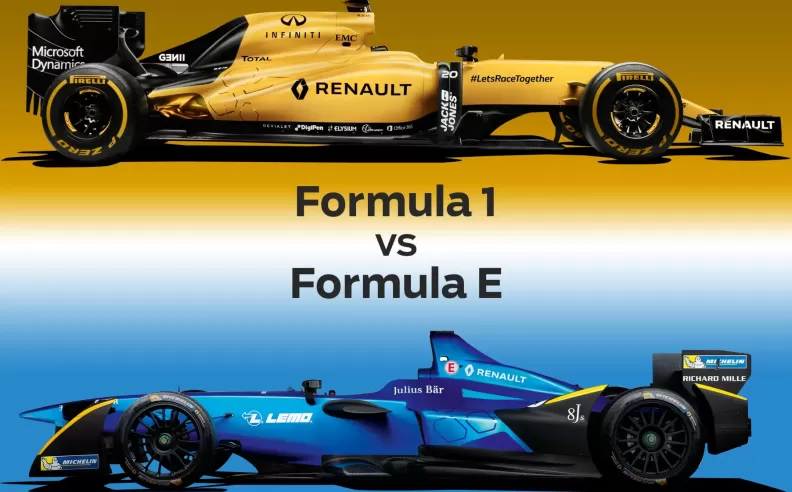
Formula 1 and Formula E are two of the most popular motorsports competitions in the world. While both involve high-performance cars and skilled drivers, there are several key differences between the two. In this article, we will explore the differences between Formula 1 and Formula E.
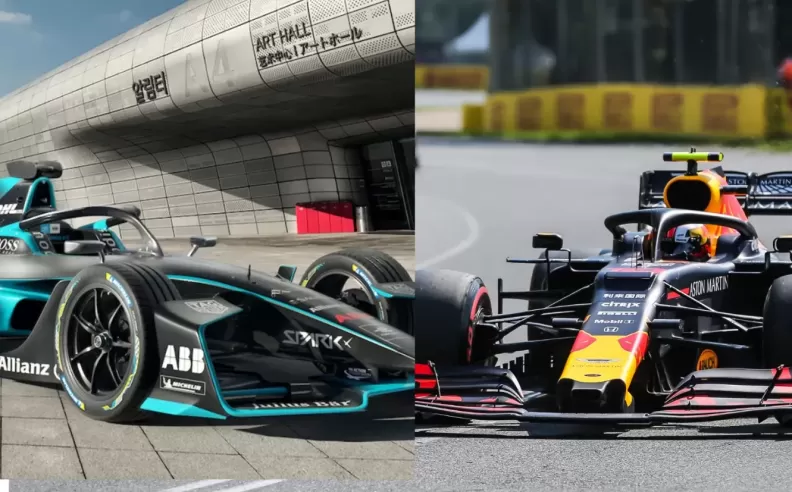
The most significant difference between Formula 1 and Formula E is the power source. Formula 1 cars are powered by internal combustion engines that burn fossil fuels, while Formula E cars run on electric power. The electric powertrain in Formula E cars consists of a battery pack and an electric motor, which generates power to drive the wheels.
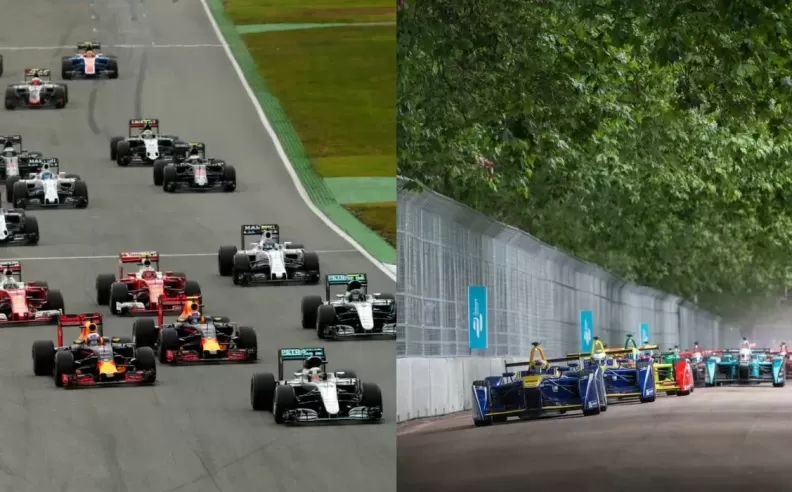
Formula 1 cars are faster than Formula E cars. Formula 1 cars can reach speeds of over 322 kmh, while Formula E cars have a top speed of 280 kmh. Formula 1 cars are also more powerful, with engines that can generate up to 1000 horsepower. Formula E cars, on the other hand, have a maximum power output of 335 horsepower.
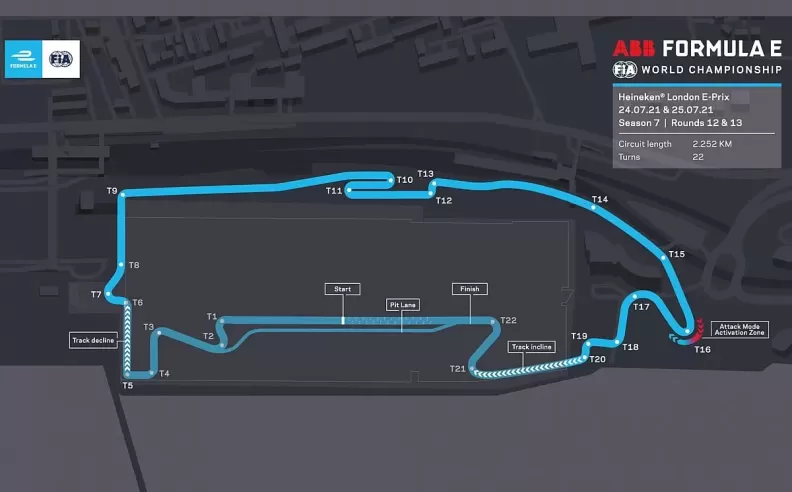
Another major difference between Formula 1 and Formula E is the type of tracks on which the races take place. Formula 1 races are held on traditional race tracks, which are usually designed with long straightaways and sweeping curves. Formula E races, on the other hand, are held on street circuits in city centers. These circuits are much narrower and more technical than traditional race tracks, with sharp turns and narrow chicanes that require precision driving.
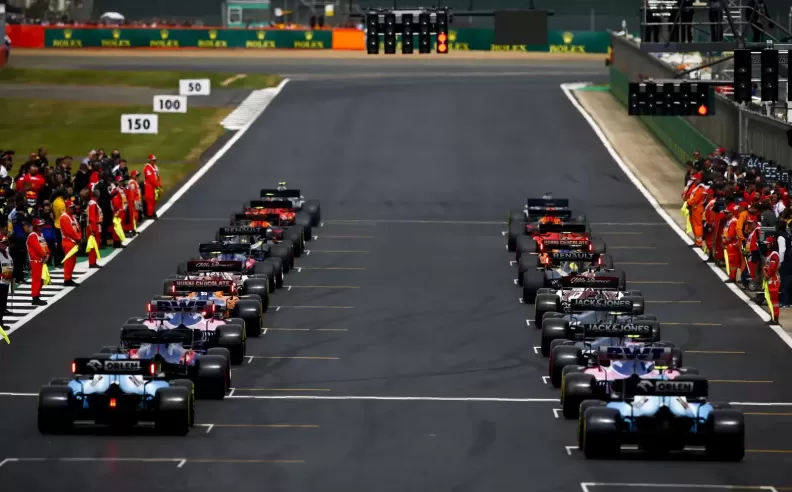
The race format in Formula 1 and Formula E is also different. Formula 1 races are typically longer and involve multiple pit stops for tire changes and fueling. Races can last up to two hours and cover distances of up to 300 kilometers. In contrast, Formula E races are shorter and last for around 45 minutes, with no pit stops. The cars are designed to complete the entire race distance on a single charge.

Formula 1 and Formula E also differ in their approach to fan engagement. Formula 1 has a huge global following, with millions of fans around the world tuning in to watch races. The sport has a rich history and tradition, and many fans are drawn to the glamour and prestige of Formula 1. Formula E, on the other hand, has a more futuristic and innovative appeal, with an emphasis on sustainability and clean energy. The sport is also known for its innovative use of technology, such as the Fan boost system, which allows fans to vote for their favorite driver to receive a temporary boost in power during the race.
In conclusion, Formula 1 and Formula E are two very different motorsport competitions. While both involve high-performance cars and skilled drivers, Formula 1 relies on internal combustion engines and traditional race tracks, while Formula E uses electric power and city street circuits. Each sport has its own unique appeal, and both are exciting and thrilling to watch.

Wael is an automotive content writer specializes in creating written content for Motor 283. Producing a wide range of content, including blog posts, articles, product descriptions, reviews, and technical guides related to cars, trucks, motorcycles, and other vehicles, with an unprecedented passion for cars, and motorcycles.